- News
-
-
-
-
-
Latest News Articles
- New maps expand picture of big-game migrations in the West April 23, 2024
- Deep snows deter red foxes April 23, 2024
- Can biodiversity boost mental health? April 22, 2024
-
-
-
- Wildlife Professional Resources
-
- Our Network
-
- PUBLICATIONS
-
-
Recent Posts
-
 The Wildlife Professional November/December Issue
November 1, 2023
The Wildlife Professional November/December Issue
November 1, 2023
-
-
-
-
-
-
- Wildlife Events
-
-
-
Upcoming Webinars
- No Events
-
-
-
- Who We Are
-
Category: TWS Wildlife News

July 26, 2017
Rock climbers help monitor bats and white-nose syndrome
Robert Schorr, a zoologist with the Colorado Natural Heritage Program at Colorado State University, was having coffee with a few colleagues, including another bat biologist, when he had an idea....
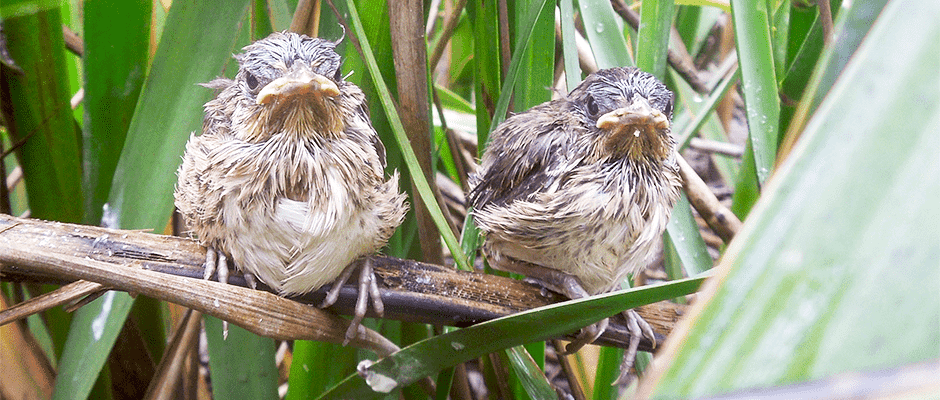
July 26, 2017
Sea-level rise: Predation to affect seaside sparrows more than flooding
When Elizabeth Hunter was doing her dissertation at the University of Georgia on the effects of sea-level rise on coastal birds, including seaside sparrows (Ammodramus maritimus), she noticed a lot...
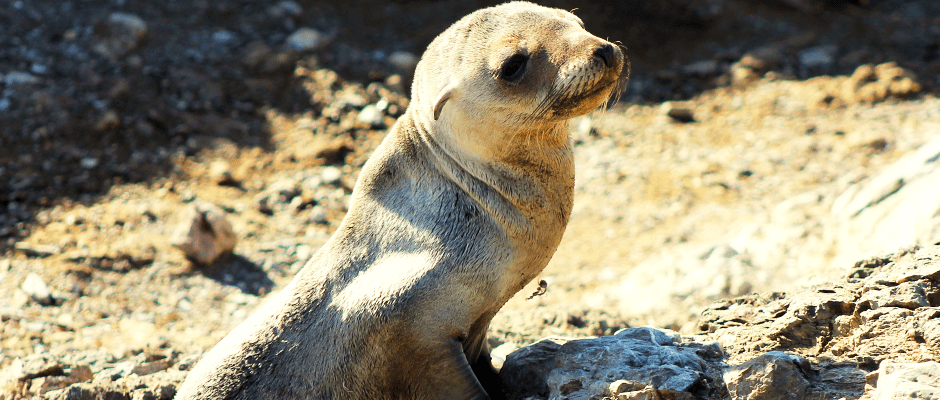
July 25, 2017
High ocean temperatures weaken sea lion immunity
Higher than normal sea surface temperatures may compromise California sea lion (Zalophus californianus) pups’ immune systems, according to new research. During a sea surface temperature anomaly during 2014 and 2015...

July 21, 2017
Interior and EPA Appropriations Bill passes house committee
The $31.456 billion spending bill on Interior, Environment and Related Agencies for fiscal year 2018 (FY18) was approved by the House Appropriations Committee late on Jul. 18. The bill would...

July 19, 2017
Even traces of oil on bird feathers affects flight
After devastating oil spills like the 2010 Deepwater Horizon disaster in the Gulf of Mexico, the impact on birds is easy to see when they lay dead on the ground...

July 18, 2017
Snake fungal disease confirmed in Europe for first time
A team of researchers has documented the first detection of the fungus responsible for snake fungal disease in wild snakes in Europe. They wrote about their findings in a study...
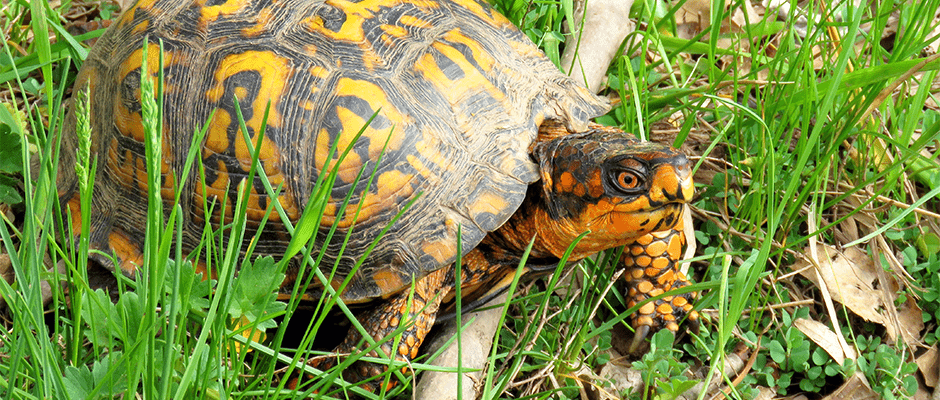
July 17, 2017
New Herp Disease Alert System relies on info from public
With disease at the forefront of amphibian and reptile population decline issues, a new Herpetofauna Disease Alert System has been created to expedite communication of disease events to relevant authorities...
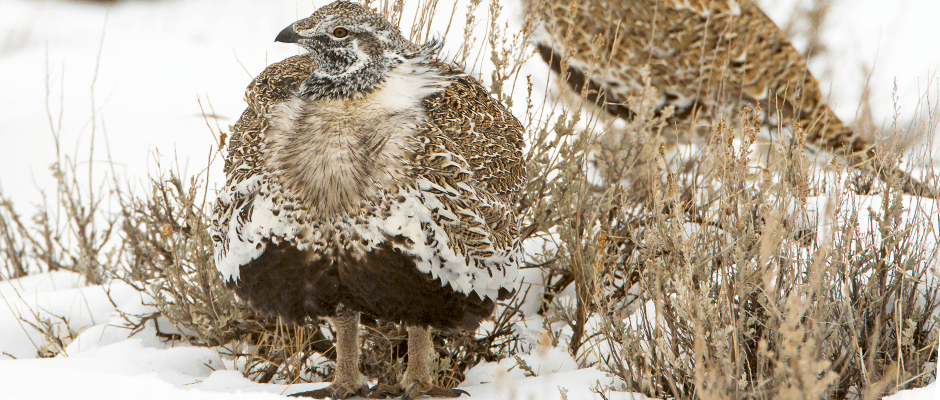
July 14, 2017
JWM study: Greater sage-grouse use ‘stepping stones’ for long migration
About 10 years ago, researchers using VHS telemetry were surprised to find greater sage-grouse (Centrocercus urophasianus) traveled 240 kilometers between Saskatchewan and north central Montana — the longest documented migration...
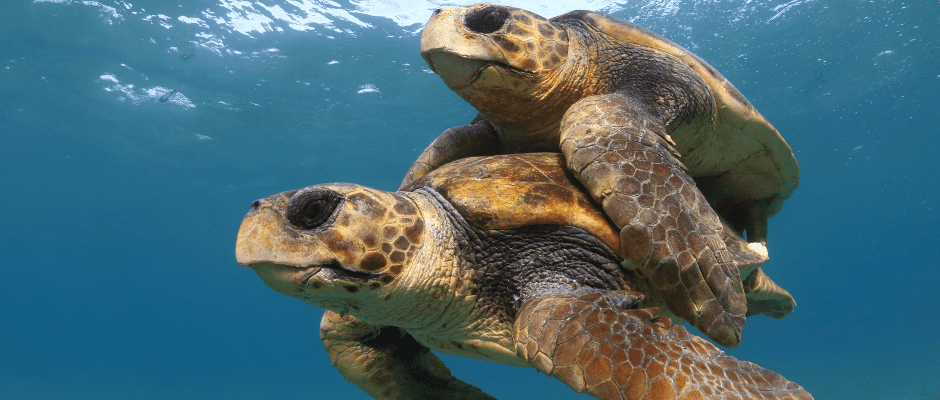
July 13, 2017
Rising temperatures pose long-term risk to sea turtles
Heat intensifying due to climate change could eventually prevent sea turtle eggs from hatching, decimating their already threatened populations, according to recent research from the Cape Verde islands off the...
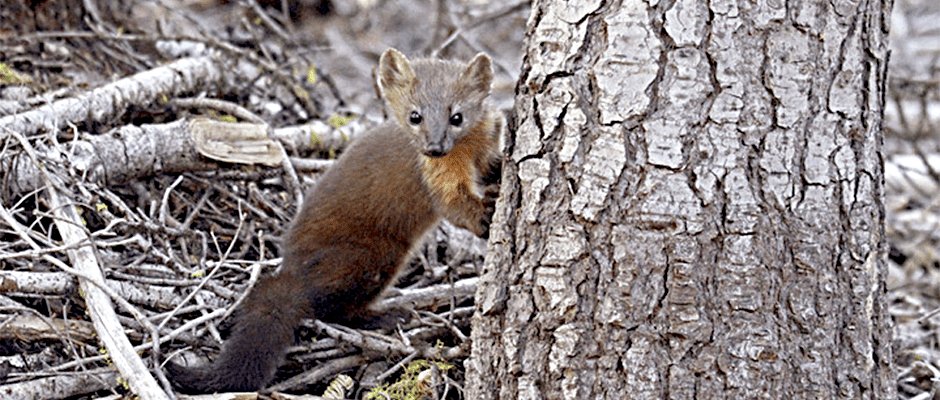
July 12, 2017
JWM study: Pacific martens avoid resorts during ski season
While many people enjoy the recreational activities that ski resorts offer, they may not realize that wildlife uses the same areas as habitat. In a study published in the Journal...

